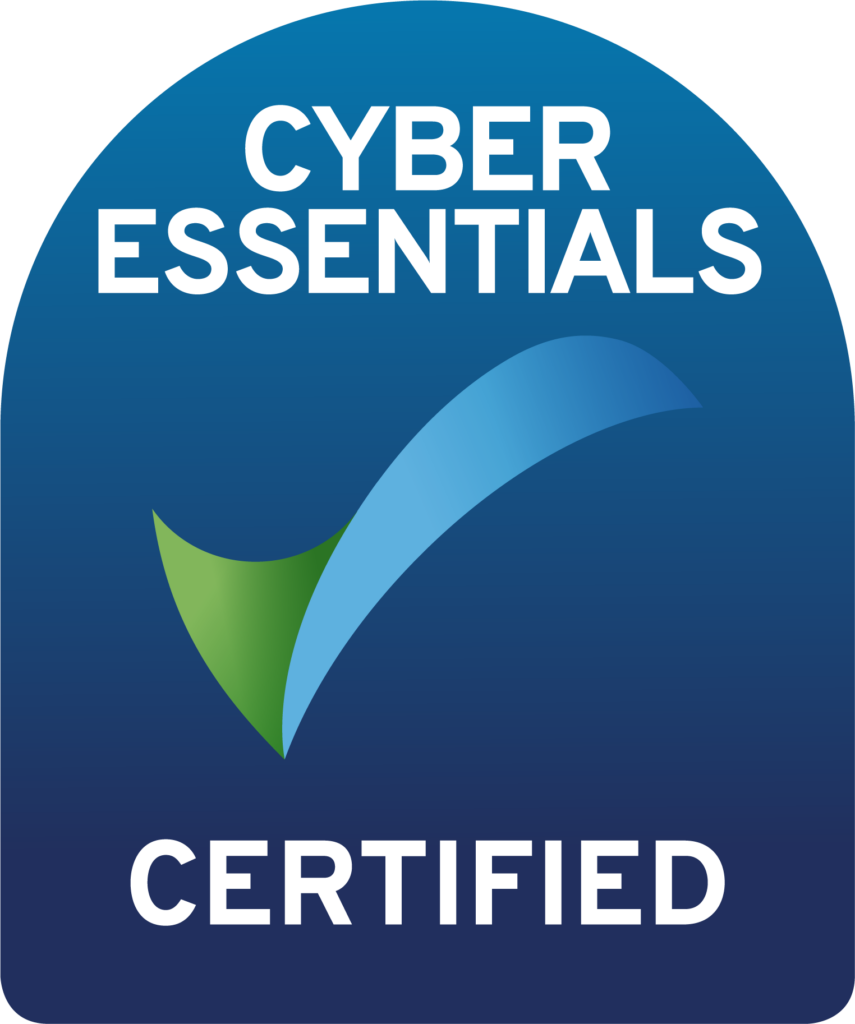
Remote Working Using The AWS Cloud
We’re all used to working remotely now, right? Well, kind of, but how efficiently are you and your colleagues actually being when you’re not in the office together? Do you know about the latest cloud wizardry enabling business productivity like never before? Remote Working Using The AWS Cloud
What Do I Need For Remote Working?
No really – what do you need? For me, I just need a reliable internet connection, because all my resources are in, you guessed it, the AWS cloud.
Compute
I use AWS WorkSpaces for most things, so the computer I work from doesn’t really matter anymore. Amazon WorkSpaces is a virtual desktop environment, which can be securely accessed from wherever you are. If my laptop were to fail, I wouldn’t have to care. I just grab another one from wherever is cheapest, and carry right on. I could even use a Chromebook if I wanted to – and we do support some clients who do just that! Imagine, a cheap and highly available piece of end user equipment but with access to nearly unlimited compute power and storage. Well that’s exactly what AWS WorkSpaces gives you.
Storage
In a shock to absolutely nobody, I use S3 for my storage. We have spoken about storage and the different tiers available within the S3 service here. It’s certainly worth understanding which storage tier is right for you and your data if you’re going to be storing lots of big files using S3. So for me, I keep most of my data in S3 Infrequently Accessed. The majority of my data is kept for more than 30 days, and it’s only me accessing it, so this tier makes sense.
To access that storage, I usually just use the AWS Command Line Interface, and utilise the Sync command to make sure my working directories are always in sync. But if the command line isn’t as friendly to you, why not use something like Cyberduck or Transmit.
Collaboration
Okay, this is where I fall off the AWS bandwagon a little bit. But wowsers trousers – Google make some belting collaboration tools don’t they? I mean, have you ever worked on a collaborative Google Docs file, in real time, before? It’s a wonderful thing.
Google Meet is where most of our meetings happen. It is so fast and easy to set up new meetings with anyone inside or outside of our organisation. But when we speak to our colleagues working inside Amazon, we use AWS Chime. Chime is just like any other video conferencing software you might be used to, like Zoom or indeed Google Meet. But it is cool to know it works from the same super high capacity and reliable infrastructure that powers the rest of AWS.
Specialist Tools
In any area of work, there will be domain-specific tools you need to do your job. Maybe you’re a mechanical engineer, and you need software to calculate the load a given design of bridge can withstand. For us, we need great source code control software. We write lots of code to build out new platforms, and to extend existing ones. It is usually Terraform, but can be CloudFromation, but our source control tools don’t care what it is.
We use AWS Code Commit to store and version all the code we write. It’s very cheap, extremely secure, and integrates beautifully with the other AWS cloud tools we use every day.
What Remote Working Tools Are Important To You?
Now you’ve heard how remote working using the AWS cloud works for me, how about you? Maybe split things up like I did;
What kind of computer do you have now, and what about it is important? Do you do lots of video work, and so would need lots of graphics acceleration? What if you could have that power in the cloud, and then only need to carry a thin and light laptop?
Where is your sensitive business data currently stored? How secure is it? Can you get to it from wherever you need to?
What kinds of specialist tooling do you use? Would it be helpful to centralise those tools and have access to them from anywhere in the world?
There’s lots to think about with remote working. Hopefully I’ve given you things to think about, and better still – potential solutions!


